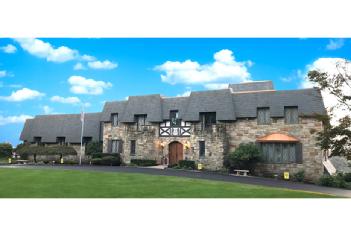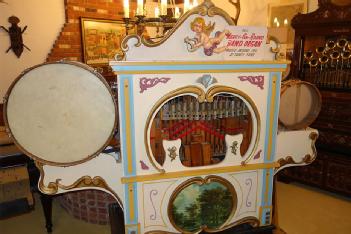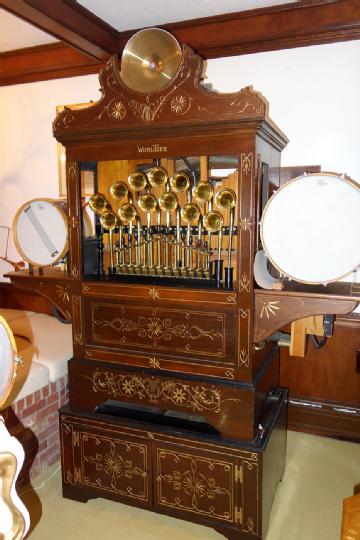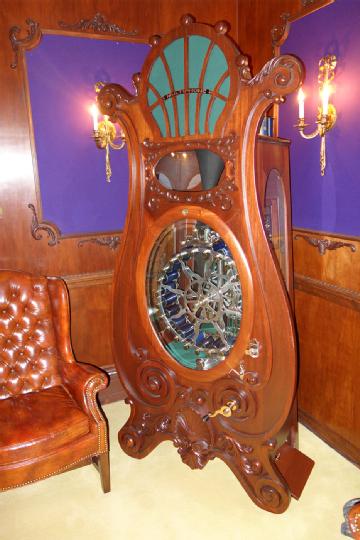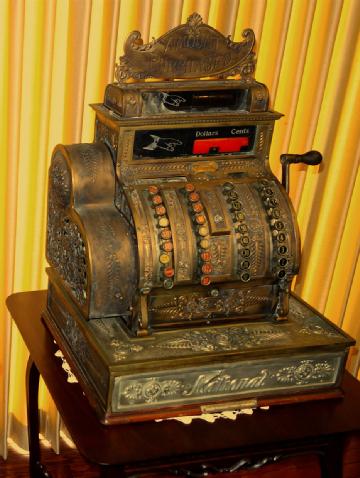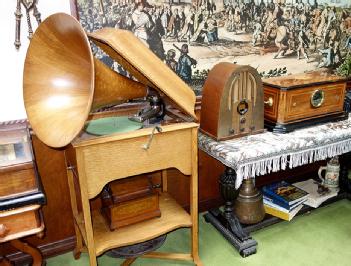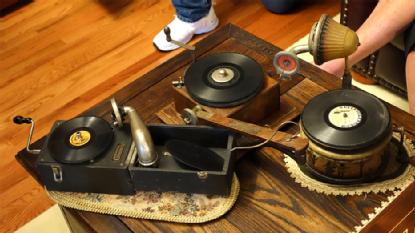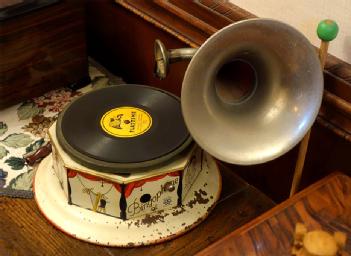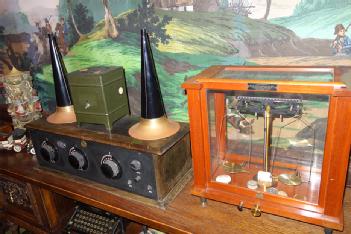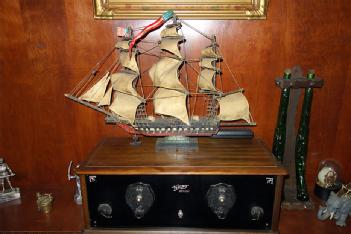
Bayernhof Music Museum |
15215 Pittsburgh, PA, United States of America (USA) (Pennsylvania) |
|
| Address |
225 St. Charles Place
|
| Floor area | 1 765 m² / 19 000 ft² |
Heritage- or City Museum
- Typewriter, calculating and coding
- Mechanical Music Instruments
- Clocks and Watches
- Radios (Broadcast receivers)
- Telephone / Telex
- Gramophone (no electrical sound transmission)
- Appliances (Scales, Stamping, etc.)
- Home Appliances
|
Opening times
|
every day except major holidays Tours are guided and are by appointment only and must be scheduled before arriving at the Museum. Tours are limited to 12 people per tour and children must be 12 years old. Children under the age of 16 must be accompanied by a parent or guardian. Please arrive at Bayernhof approximately 15 minutes before the tour is scheduled to begin. Tours normally begin at 10am and 2pm and last approximately 2 1/2 hours. |
||||
|
Status from 02/2024
|
each person: $10 | ||||
| Contact |
|
||||
| Homepage | www.bayernhofmuseum.com | ||||
| Location / Directions |
Bayernhof is located six miles (10 km) northeast of downtown Pittsburgh in the suburb of O'Hara Township, Pennsylvania, it is housed in German-style mansion sited on an 18-acre (73,000 m2), dramatic overlook some 540 feet (160 m) above the Allegheny River Valley. Directions to Bayernhof 1. Go to Main Street in Sharpsburg 2. Turn onto 15th Steet (15th street only goes north off to Main Street) 3. Go through second stop sign to "T" and bear right. 4. Go to first stop sign (three way stop) and bear right on Kittanning Pike. 5. Go approximately .3 of a mile and turn right onto Harding Road. Harding Road is a very steep hill. 6. Go through the first stop sign for approximately .1 of a mile, and turn right onto St. Charles Place. 7. Go to cul-de-sac at the end of St. Charles Place and turn left through first set of stone pillars. 8. If gate is closed push the # button on the gate pad to call the house and the gate will be opened. 9. Please arrive at exact appointment time. |
Some example model pages for sets you can see there:
| Description | From Wikipedia, the free encyclopedia: Bayernhof is the name of the mansion itself, a $4.2 million project completed in 1982 as a private residence by Charles Brown III (1935–1999), founder and CEO of Gas-Lite Manufacturing Company in Pittsburgh. The 19,000-square-foot (1,800 m2) house includes a rooftop observatory, an indoor cave, a swimming pool with a 10-foot (3.0 m) waterfall, ten fireplaces, eight full baths, three powder rooms, three full-size kitchens as well as a completely restored copper still. bayernhofmuseum.com: Arrive here and enter through the huge double front doors into the stunning Entry Hall. Proceed to the first floor Family Room, where your eyes will immediately be drawn to the fantastic views overlooking the Allegheny River and the city and mountains beyond. As you look around the room, you will start to get a feel for the house and the music machines and the man who brought them all together. Relax and enjoy a brief history of the building and stories about Charles Boyd Brown, III, known as “Chuck” to his friends, the gentleman who made the Museum a reality. Chuck was truly “one-of-a-kind,” and the captivating stories reflect his eccentric way of living and his most personal method of doing things. The Curator presents a general description of the many unique music machines, most of them over 100 years old, which are housed in the building. The Family Room provides your first opportunity to hear a few of these machines play music from a bygone era. Rooms Family Room |
[dsp_museum_detail.cfm]
| Data Compliance | More Information |


 bayernhofmuseum.com
bayernhofmuseum.com 